I’ve always had a liking for bodysuits which has become even more pronounced now that I sew and can get the dimensions just right for my short, curvy body – thank you, Gertie! Charm Pattern’s Patreon recently released the Skipper Bodysuit and Dress Pattern, fully interchangeable with the Barbie Top pattern, and I can’t stop filling my wardrobe with this staple.
We all know that the pandemic has changed our wardrobe choices – many of us are favouring garments that are easy to wear. The bodysuit is not only comfortable: it also looks great when worn (I’ll be the first to admit they look random on a hanger). They don’t bunch around the waist (a real peeve of mine), they don’t untuck (which can look so untidy and I hate to look unfinished) and they don’t have an unflattering drape. Bringing together athleisure and vintage style, the bodysuit is both a functional and stylish choice. I’ve been making a few of them lately.
The Origins: Jules Leotard
The history of the bodysuit is rooted in sport and dance history. Basically, the bodysuit is a modern interpretation of the dancer’s leotard which was in play from the second half of the nineteenth century, first worn by the French gymnast, Jules Leotard, who created the garment to wear when performing on the trapeze. Obviously, the garment was named after him. It is reported that the spectacle of Leotard in his tight fitted garment, showed off his physique to such advantage that occasionally ladies in the audience would faint. Who’d have thought it? The Elvis of the nineteenth century!
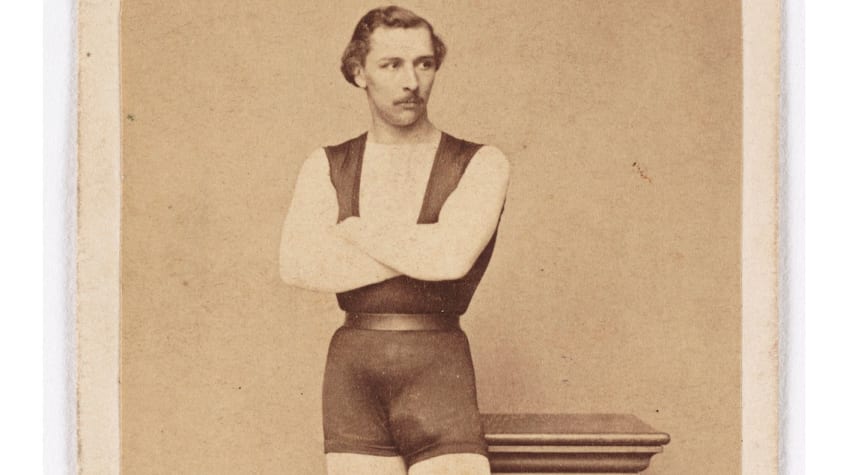
These early versions of the garment were a bit different to the ones we wear today – they were more function than fashion. They were short, close fitting, but not skin-tight, cut low at the neck, and gusseted between the legs. They were typically made from worsted wool or silk.
Leotard’s invention was a revelation in the world of athleticism. Prior to this, athletic apparel was under-developed. Athletes and performers needed to be able to move with ease, but modesty was also a priority. As sports became more physically intense, clothing was paramount. Competitors needed clothing that would not prevent them from performing to the best of their ability so athletic garments began to become more streamlined with the leotard becoming the standard outfit for gymnasts and acrobats.
Leotards in Ballet
Leotards became popular among dancers in early 20th century when they realised the cut of the garment could elevate their body alignment and dance movements on stage.
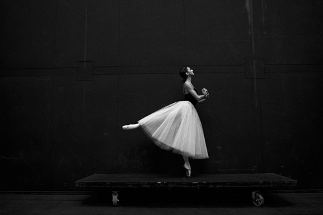
Importantly, from the turn of the century, dress codes began to relax, particularly for women. Not only did the garment allow dancers greater ease of movement; they also allowed the audience to appreciate the lines of the dancers’ bodies as they moved. A leotard paired with tights became a typical rehearsal costume for dancers, and continues to do so today.
Leotards in Fashion
Leotards were never considered a styling item until fashion designers, most notably Claire McCardell and Mildred Orrick, improved the design of leotard in the 1940s, making them more accessible. The leotard became fashionable, easy pieces for women to incorporate into their wardrobes. While they were figure hugging, they were usually cut with a high neck and long sleeves. Since they could be paired easily with separates, they became quite popular. In 1943, Harper’s Bazaar hailed the leotard as “a new idea, leading towards the 21st century and the cosmic costumes of Flash Gordon’s Supergirl.”
Evolving from the leotard, the bodysuit made its way out of the athletic category and into the everyday wardrobe in the 1940s. This was partly due to the bodysuit – more specifically the catsuit style – which made its pop culture debut in 1940 when Catwoman (then designated the name ‘The Cat’), was born. She made her first appearance in the comic book Batman Vol. 1 #1, wearing a tight purple full catsuit with feline ears to match. Catwoman was a ground-breaking figure, not least because of the dominatrix-inspired style of the cat suit and whip, all signalling her power of sexuality.

It is no coincidence that, as female driven causes rose in society, so too did the popularity of the bodysuit, especially in the late 1950’s and 1960’s. Who could forget the quintessential 1950’s image of Bettie Page?
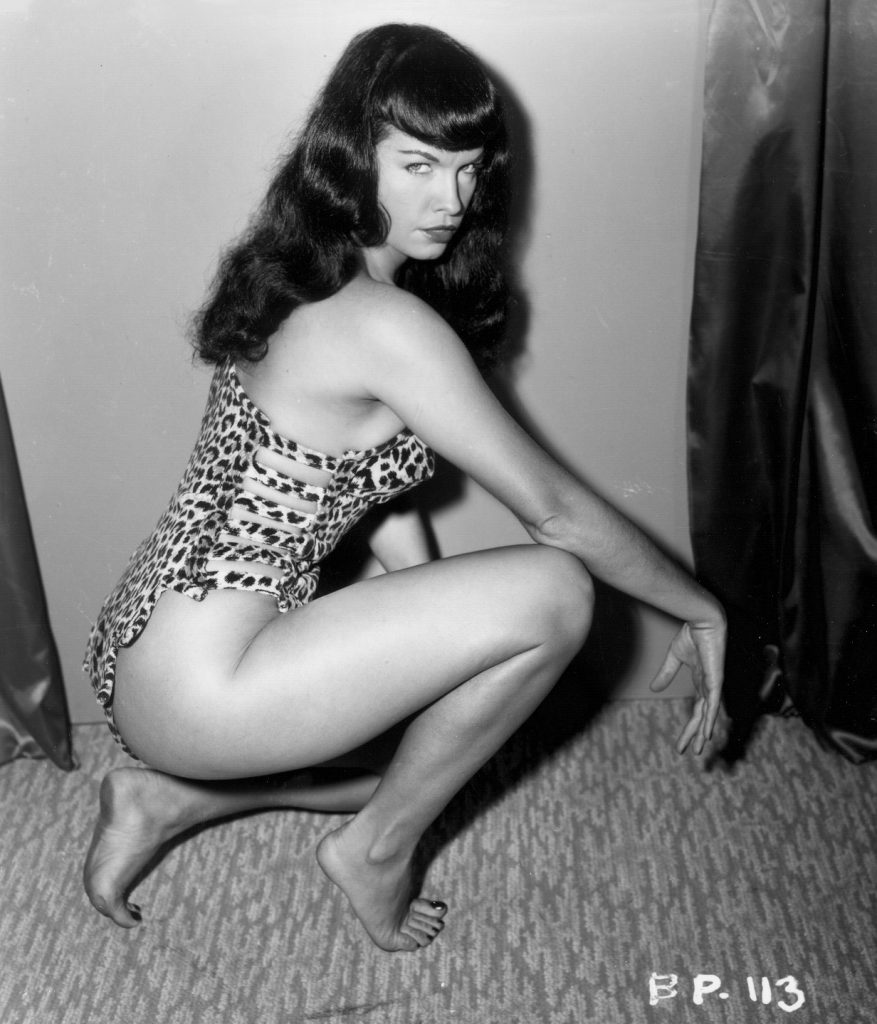
I’m sure the reintroduction of Catwoman in the 60’s didn’t hurt, either. In a time when women’s societal position was in flux, the patent leather bodysuits worn by Catwoman (think Julie Newmar and Eartha Kitt) highlighted the power of the female body.

It was really in the 1960’s when women began to appreciate the modern concept of ‘body clothes’. Bodysuits and leotards improved dramatically in quality during the 1970’s as new advances in textile technology, such as nylon and spandex, were made. Think Jane Fonda, for whom the bodysuit became a signature style; who isn’t familiar with the image of Barbarella in her cut out body suit. Women loved it; men loved it. The designers knew that this was a garment worth noting.

During the 70’s, leotards, cat-suits, and bodysuits were a favourite in women’s clothing. They featured bright colours, were often made from shimmering fabrics, and even embellished with rhinestones to add glamour to the look. Designers were fixated on the possibilities. Betsey Johnson even launched a separates collection centred upon the leotard. In the 1980’s Donna Karen did the same thing, including it in her ‘dressing system’ as one of seven ‘easy pieces’ – her version was a minimalistic black jersey bodysuit.
The bodysuit reappeared at the height of 90’s fashion, when edgy, risqué garments were vogue. Women were embracing their bodies; clothes were getting tighter; hemlines were getting shorter. Bodysuits and unitards were the embodiment of this trend. Think of Azzedine Alaïa’s Fall/Winter Collection in ’91.

In recent times, the body suit has retained popularity and have been staples of many designer collections, not least Versace and Marine Serre.
Fashion and Empowerment
Bodysuits repeatedly show up in popular culture, whether it be Catwoman (as early as the 40’s) or Britney Spears in her “Oops, I Did it Again!” music video. There’s an unspoken link between the body suit and female empowerment and sexuality. Despite its humble beginnings as an athletic garment, the bodysuit as we know it today is the signal of the dominatrix, a sexually dominating woman, and the bodysuit that we have come to know and love thus became synonymous with a sense of power that was previously held by men.
Hollywood films reflected the fashion industry’s interest in the body suit; think of Uma Thurman in Kill Bill, Scarlett Johansson as the Black Widow, even the latest incarnation of Wonder Woman.
There is a recurring association of the bodysuit with female power. There is a connection between the bodysuit and the dominatrix, from the earliest manifestations of Catwoman to the plethora of female musicians channelling this figure in their bodysuits. I particularly think of Rihanna’s ‘S&M’ and Nicki Minaj’s ‘Only’ which bring the dominatrix into the mainstream. In their bodysuits, female musicians like Lady Gaga, Pink and Jennifer Lopez (and countless others) are dramatically displaying female empowerment
In a body suit, women demand attention; it’s hard not to see her feminine curves. It’s such a versatile little number; no matter what your personal style, it’ll work for you. You can wear them with pretty much anything and they’ll always flatter our curves!
Now, can anyone point me in the direction of this fabric?
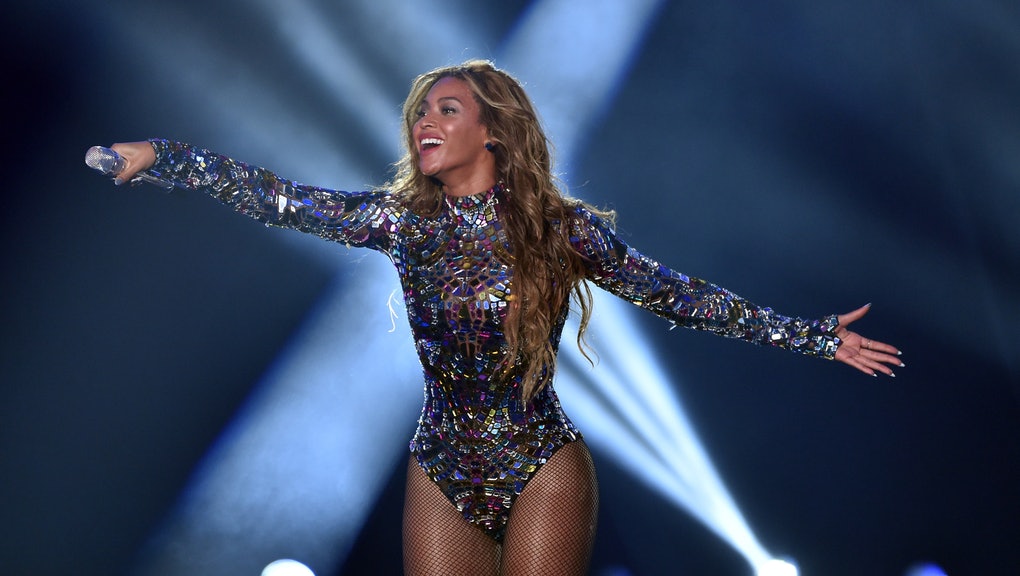
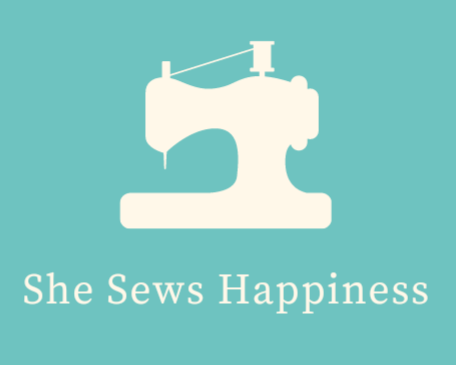
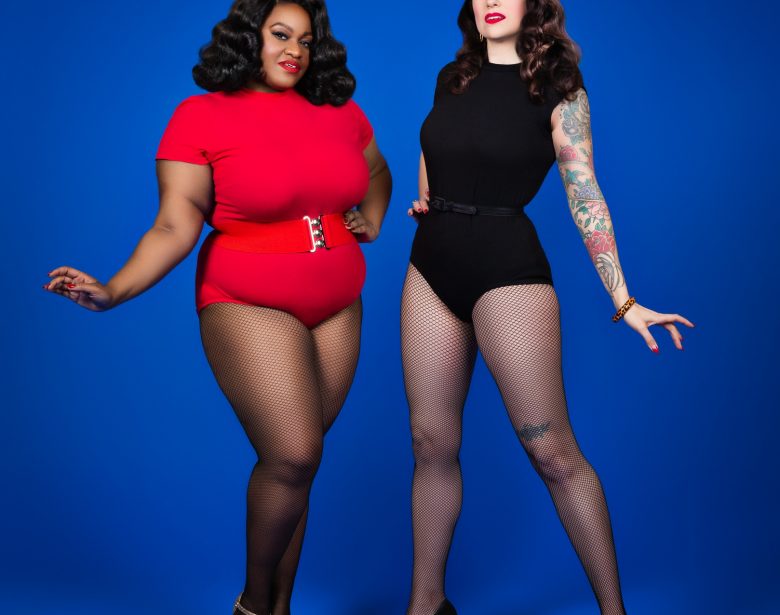


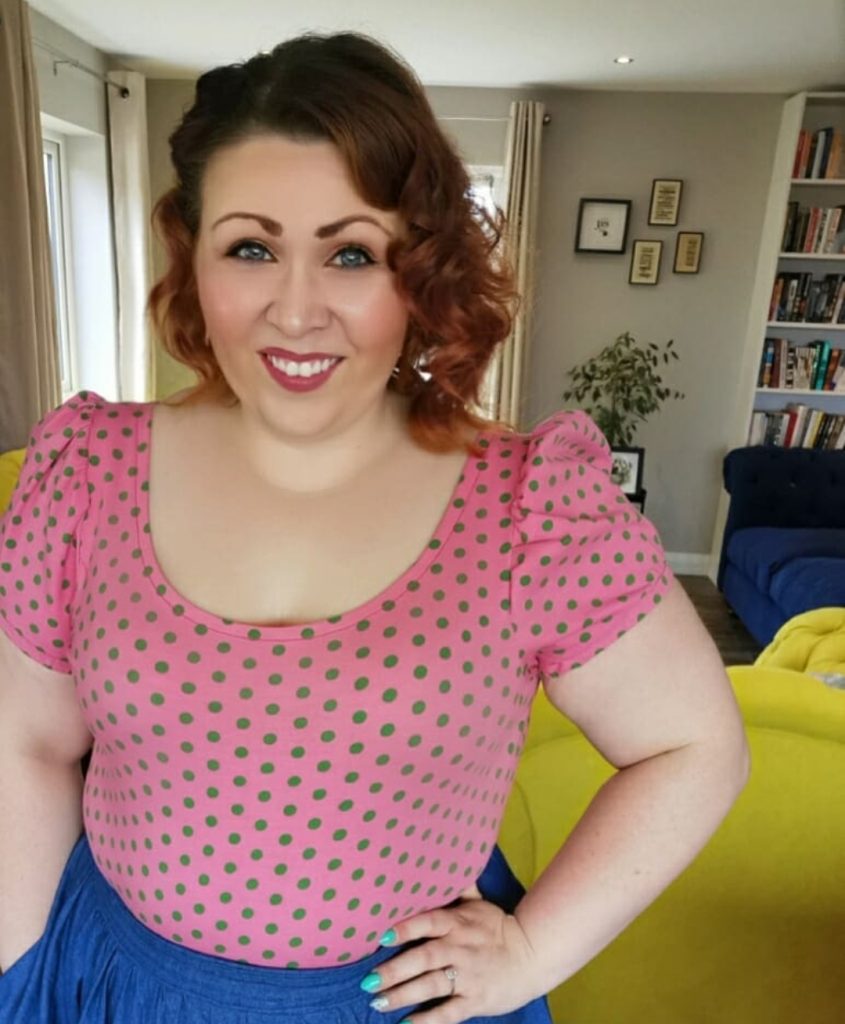
1 comments on “Let’s Talk Fashion History: The Bodysuit”